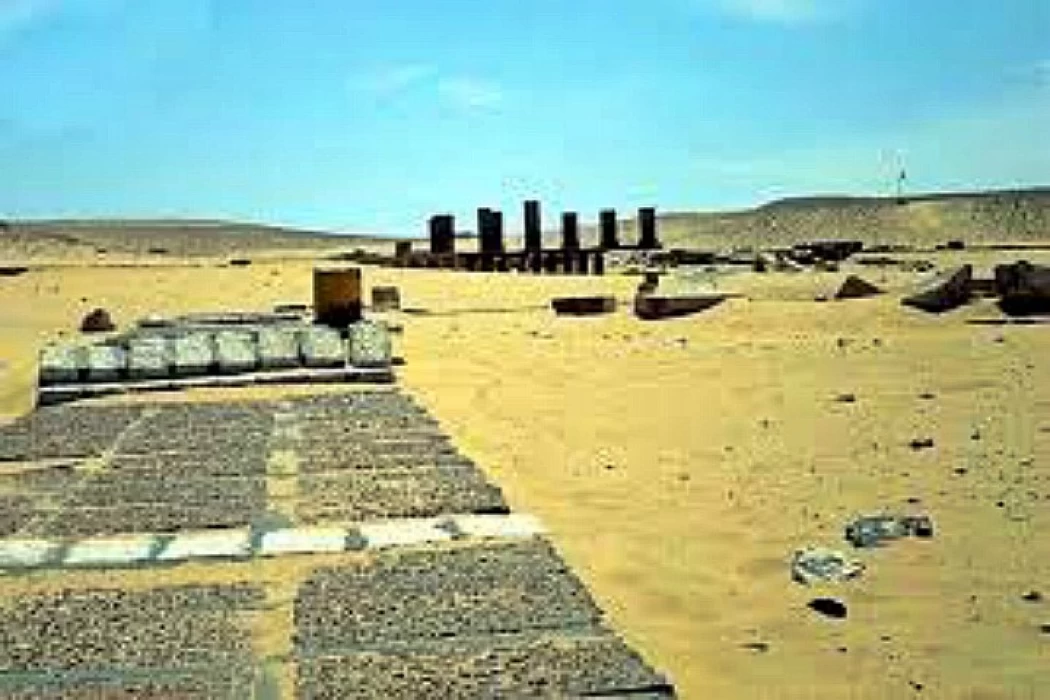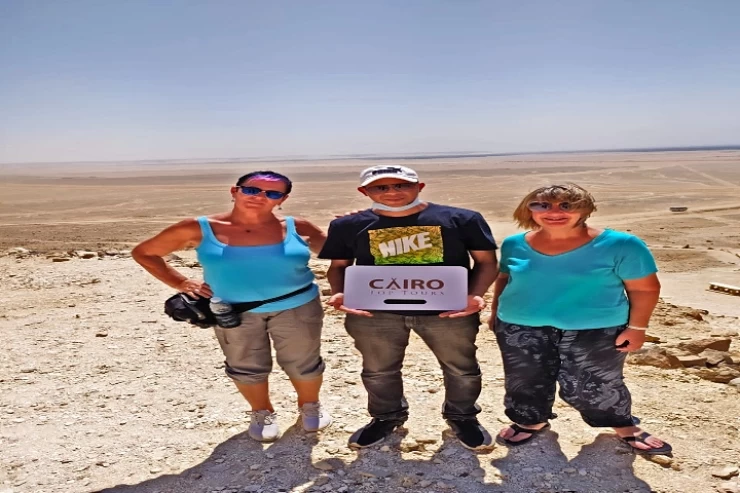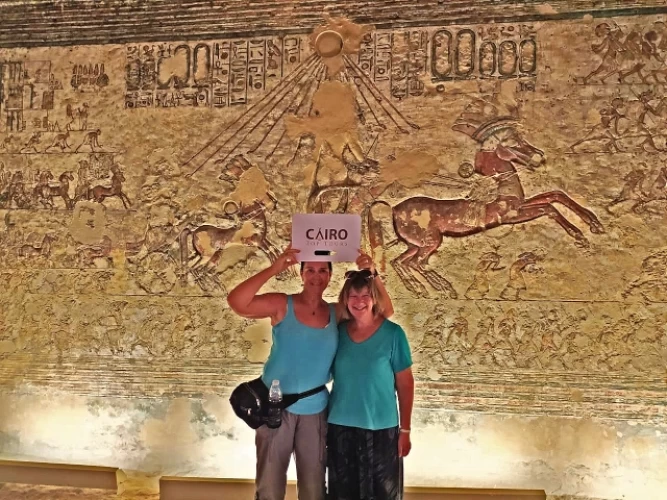
Tuna El-Gabal Village
Details about Tuna El-Gabal Village
The first cemetery in the history of Middle Egypt in the Tuna al-Gebel area in Minya Governorate contains 28 mummies and the baboon tombs of the god "Thoth" are a group of mummies dating back to the late ages, in addition to a number of stone and pottery coffins," stressing that the importance of this discovery is due to it being the first discovery to be found in the area since the excavations of Dr. Sami Gabra in the period from 1930 to 1950, which revealed at that time the cemetery of birds and animals, which is a mass grave dating back to the Greco-Roman era carved in sedimentary layers, and it also includes 8 wells and a number of mummies and a group of papyrus documents, and a number of uninscribed stone coffins and two pottery coffins in the form of a human, one of which is complete, and the other has some fractures.
It is an integrated cemetery for birds and animals. It is a huge group of passages carved into the rock. It was dedicated to burying the sacred ibis, known as ibises. It represents the god Thoth, who was revered in ancient Egypt as the source of knowledge and wisdom. His house of worship is located in Ashmunein, approximately 8 kilometers away from Mallawi. It is in the first crypt dedicated to burying ibises. It is made up of a primary street that runs from north to south and another route that runs from east to west that intersects in the middle. On both sides of it are large halls dedicated to receiving the owners of the birds that will be buried.
The tomb of the martyr of love, "Isadora", is the main stop for tourists. She has a story similar to the stories of the One Thousand and One Nights, as she is the first martyr of love in history. Her father deprived her of the right to life. She loved an Egyptian named "Hapi" from the common people, but her father objected and he was the ruler of the region. "Isadora" could not live without "Hapi", and she decided that this would be the last meeting between her and him.
The second stop within the Tuna El-Gebel ruins that tourists visit is the “Roman Waterwheel”, which is the largest water tank in the region and a wonderful Roman engineering masterpiece. There is a well 40 metres deep in the ground, built of red brick, and ends with another well 30 metres deep. The ancient Egyptians and Romans used to extract water from it for drinking, irrigating trees, and purifying and mummifying the dead.
There is also in Tuna el-Gebel the oldest Pharaonic shrine, which is a boundary plaque for the city of Akhetaten or “Tell el-Amarna”, the capital of Egypt, a modern state of the 18th Dynasty of King Akhenaten.
















